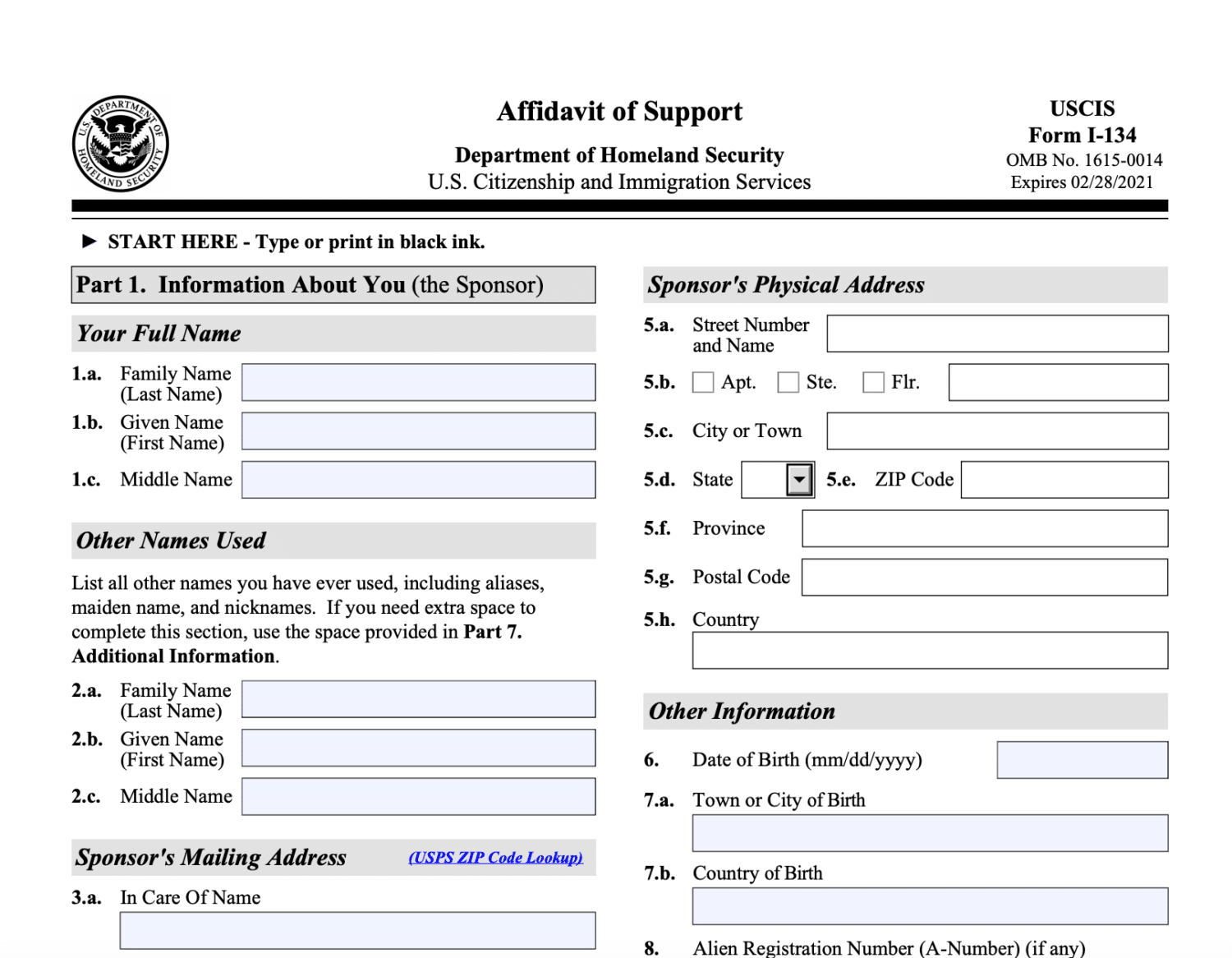How to Replace a Lost or Stolen Green Card
Understanding the green card replacement fee, form, and timeline
How to replace a green card
To replace a lost, stolen, or damaged green card, you need to fill out Form I-90 (officially called the “Application to Replace Permanent Resident Card”), provide supporting documentation, and, if required, pay a filing fee.
There are other reasons you might need to replace your green card. This guide will walk you through the process, which is very similar to renewing a green card.
Who Needs to Replace Their Green Card?
You must replace your green card if:
- Your green card was damaged, lost, or stolen.
- Your green card was issued before you turned 14, you are now 14 years old, and your card will expire after you turn 16.
- Your green card was issued with incorrect information (for example, the wrong last name or birth date).
- You never received your original green card.
You should replace your green card if:
- You legally changed your name or other personal information.
- You have a commuter green card, meaning you live in Canada or Mexico and travel to the United States for work but want to live permanently in the United States.
- You have a regular green card but want to switch to a commuter green card (see above).
- You have an outdated version of the green card, such as Form AR-3, Form AR-103 or Form I-151.
- You gained permanent residence automatically (for example, as a farm worker awarded permanent residence under the immigration reforms of 1986).
- Your green card has no expiration date — common among green cards issued between 1979 and 1989 — especially if it was issued when you were a child, and you’re no longer recognizable from your photo.
How to Replace Your Green Card
To replace your green card, you must fill out and file Form I-90 (officially called the “Application to Replace Permanent Resident Card”).
The I-90 form can only be filed from within the United States, so if you’re traveling abroad, you’ll need to wait until you return home before requesting a replacement green card. Because you need your green card to reenter the United States, you’ll have to take some extra steps if your green card gets lost or stolen while you’re traveling.
Let’s look at your options for getting a replacement green card, whether you’re in the United States or abroad:
Replacing a green card from within the United States
You can file your I-90 either online or by mail. But in some cases, you must file a paper I-90 and submit your application by mail. (See our guide to Form I-90 to determine which filing method to choose.)
Whether you file online or by mail, the steps to replacing a green card are basically the same:
Step 1: Complete Form I-90.
Step 2: Review and sign your form.
Step 3: Submit your form, supporting documents, and filing fee (if required).
The supporting documents you need depend on why you’re replacing your green card but will often include a photocopy (or, if available, the original copy) of your green card, a copy of another government-issued ID (such as your driver’s license), or other evidence of your status and biographical information. Check out the Boundless checklist of supporting documents for Form I-90.
Replacing a green card from outside the United States
If you’re outside the United States, the process of getting a replacement green card is a little trickier. You’ll need to return to the United States before filing Form I-90, but there are some extra steps you’ll have to take first.
If your green card is lost or stolen while traveling abroad
You should first notify the local police. Request a police report, then contact your nearest U.S. embassy or consulate for further instructions.
To return to the United States, you will likely need to apply for a “boarding foil” — a document that tells transportation carriers that you’re allowed to travel to the United States. To do this, you’ll have to complete Form I-131A (officially called the “Application for a Travel Document”) and pay a $630 filing fee. Consular officials will be able to give you more information.
Once you’re safely back in the United States, file your I-90 form promptly to get a replacement green card.
If your green card expires while traveling abroad
You might face problems boarding your return flight. You’ll also face additional scrutiny when you arrive at a U.S. port of entry (such as an airport) and could even be denied permission to reenter the United States. If your visa has expired, check the Boundless guide to renewing your green card for more information on how to proceed.
How Much Does It Cost to Replace Your Green Card?
The standard green card replacement fee is $465, plus $85 for biometric services, for a total of $614. Some applicants do not have to pay or must pay only the biometrics fee. (See our guide to Form I-90 to determine if or how much you must pay, as well as how and where to pay if required.)
How Long Does it Take to Get a New Green Card?
Processing times change regularly for green card replacements, and can span from several months to over a year, depending on your specific situation. For the latest wait-time estimate, please visit the USCIS website.
What if you need your green card sooner?
Replacing your green card can be a slow process. If you’ve filed Form I-90 but need temporary proof of your status as a green card holder, you can schedule an appointment at your nearest USCIS field office to get an “Alien Documentation, Identification & Telecommunications (ADIT)” stamp added to your passport. The ADIT stamp, sometimes called an “I-551 stamp,” can be used as a temporary green card for 1 year.
You may also be able to get an ADIT stamp without first filing Form I-90 if you have a pending application for U.S. citizenship that you filed at least 6 months before your green card expired.
What Happens Next?
USCIS will notify you as soon as it receives your application for a green card replacement, and you’ll be able to track its status online. (See this detailed guide to learn how.)
Within 1–2 weeks of USCIS receiving your application, you should receive another notice letting you know the date and location of your biometrics appointment. The U.S. government may also send you a request for additional information or documentation.
Once your green card replacement application is processed and approved, you’ll receive your new green card by mail. Make sure you notify USCIS of any address changes while you’re waiting for your replacement green card.
What If Your Green Card Replacement Request Is Denied?
USCIS sometimes denies green card replacement applications for various reasons, such as if the applicant intentionally provided false information on their application or had a pending deportation order. If you don’t have any of those issues, you should have nothing to worry about.
If, however, USCIS does deny your green card replacement application, you’ll receive a letter explaining why. Here’s what you can do in that situation:
File a motion
While you can’t appeal this decision to a higher authority, you can submit a motion asking USCIS to reconsider its decision. This is more likely to be effective if you can show that the original decision was based on incorrect information or if you can provide new facts and evidence.
To request that USCIS reconsider your denial, you must:
- Submit Form I-290B (officially called the “Notice of the Appeal or Motion”) within 30 days to the office that originally made the decision.
- Pay a $675 filing fee, or request a fee waiver due to financial hardship.
Seek legal help
If your case is particularly complicated, it’s generally a good idea to seek legal advice about how best to proceed.
The American Immigration Lawyers Association (AILA) can help find a licensed immigration attorney near you. The U.S. Department of Justice also accredits certain nonprofit organizations that provide low-cost or free immigration legal services.


